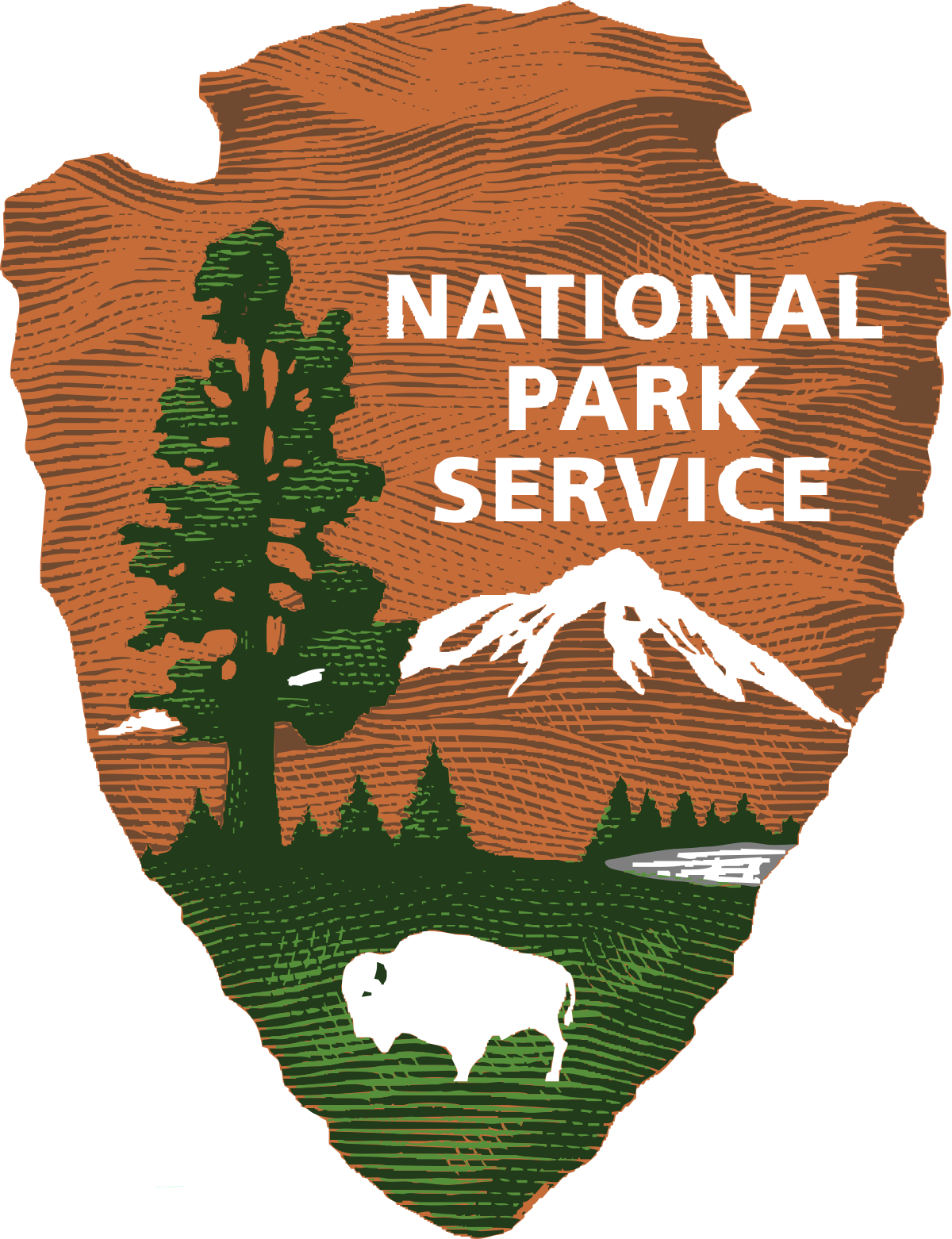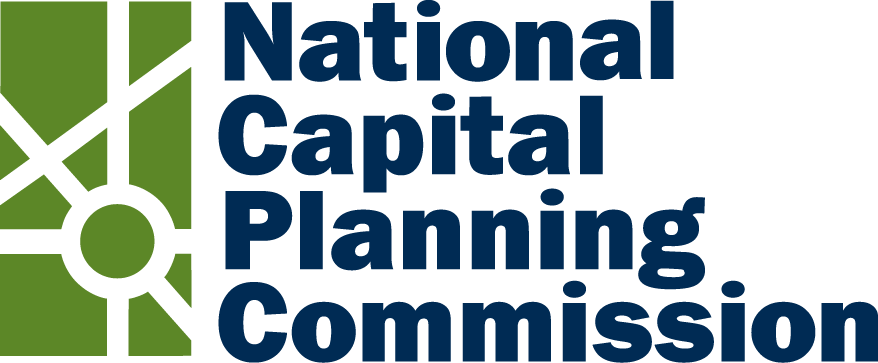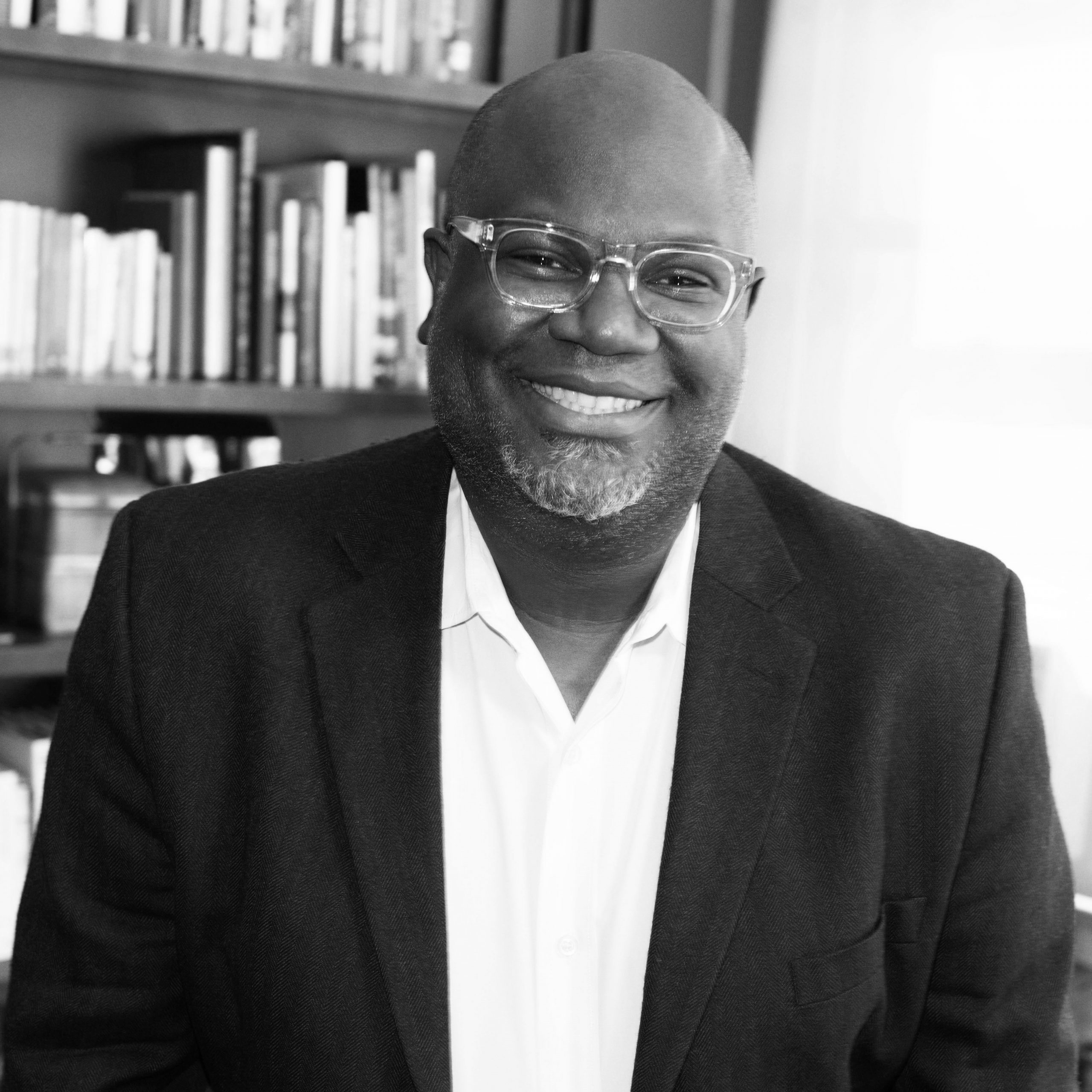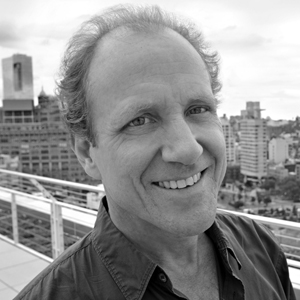Memorials for the Future
Contents 
The National Park Service (NPS), the National Capital Planning Commission (NCPC), and Van Alen Institute collaborated on Memorials for the Future, an ideas competition to reimagine how we think about, feel, and experience memorials.
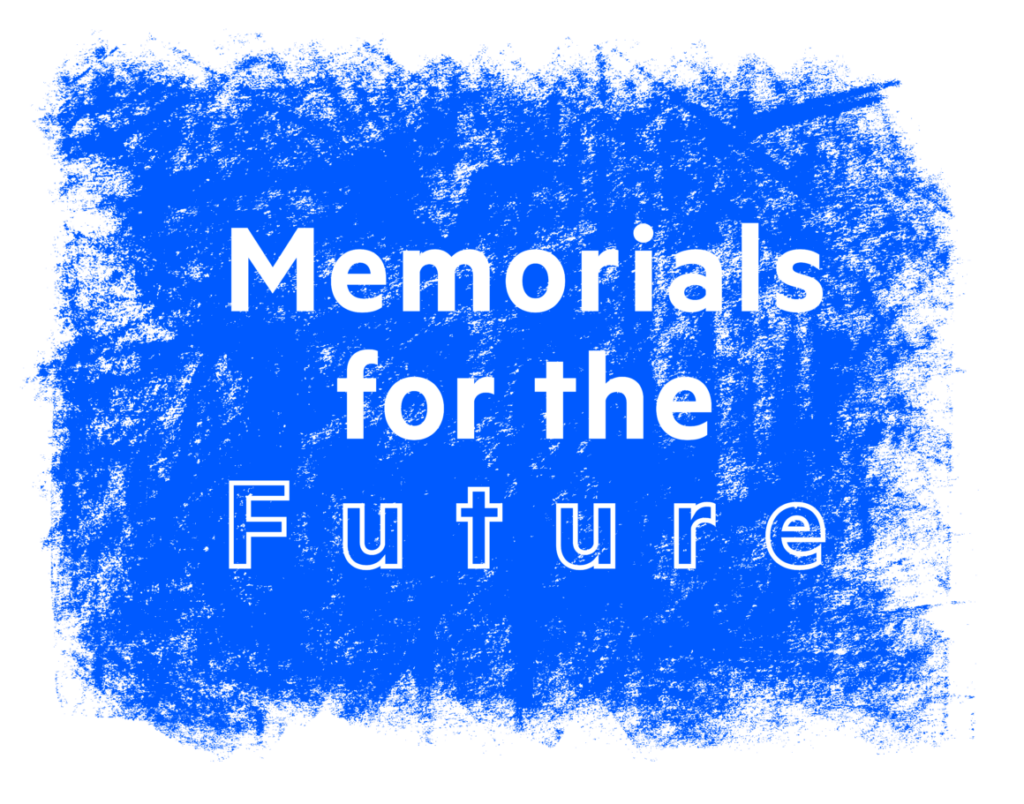
About
The National Park Service (NPS), the National Capital Planning Commission (NCPC), and Van Alen Institute collaborated on Memorials for the Future, an ideas competition to reimagine how we think about, feel, and experience memorials.
Memorials enshrine what we as a society want to remember. But the places, people, and stories that we memorialize, and the audiences who engage with them, are in fact constantly changing. A memorial tells its story through subject matter and design. This story is often complex and multi-dimensional as a memorial’s interpretive elements embody ideas of identity, culture, and heritage, and each have intensely personal interpretations for every individual.
Key Findings
Van Alen Institute worked with NPS and NCPC to develop a series of key findings for the Memorials for the Future competition.
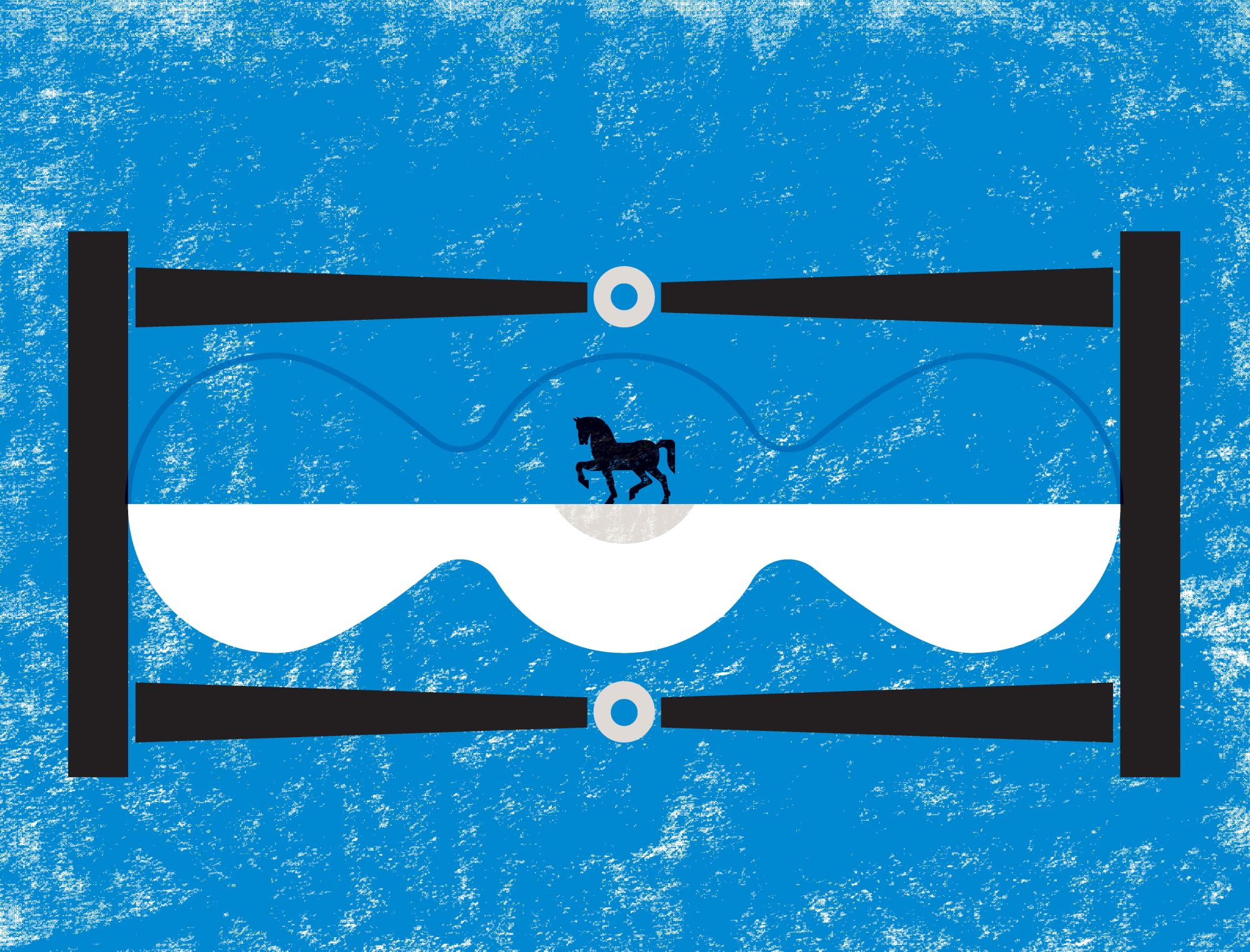
Engage the Present and Future as Much as the Past
In Washington today, 25 years must pass before a person’s life may be commemorated, and ten years before a war is eligible for a built memorial. But it is not just the past that warrants reflection. Events that unfold around us every day can be as compelling and culturally important. The tools of memorialization can help people learn about and appreciate recent events, important issues, and on-going trends and experiences that impact their lives directly. New memorial approaches could be useful vehicles for sharing information, collective reflection, and even serve as a call to action.

Allow for Changing Narratives
As time passes, new information is exposed and cultural values shift, sometimes creating disconnects between a memorial’s original message and representation and modern day perceptions. There will always be a need to incorporate perspectives that were either recently developed or previously marginalized. Future memorials need to address this challenge and represent diverse narratives. Only in doing so can a memorial reflect and honor the multiple truths and complex histories of national subjects.

Universal Experiences in Addition to Places, People, and Events
Often memorials commemorate subjects of significant events, important places, or individuals of great accomplishment. While these subjects can yield powerful, enduring memorials—the Lincoln and Vietnam memorials, for example—this leaves opportunity to commemorate more universal experiences shared by many people over time. When we plan future memorials, we have the opportunity to reflect on subjects faced by all people. Indeed, in this competition, the majority of teams commemorated subjects that relate to the public at large and speak to national and even universal experiences.
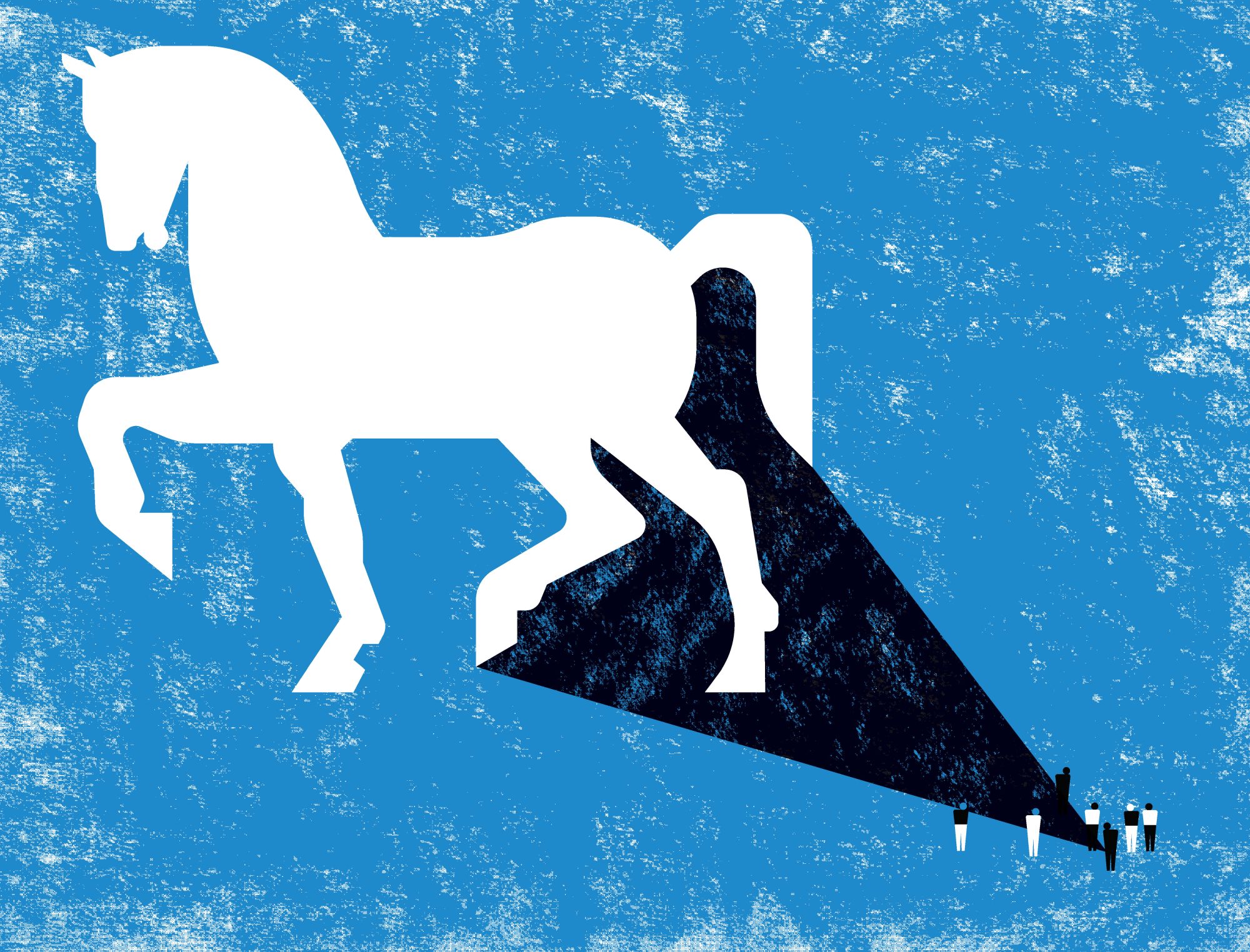
Some issues like climate change and immigration may feel abstracted in national debate, but smart design can create real opportunities to engage with and understand these issues in a personal way. Furthermore, as memorial development shifts beyond the National Mall into the city’s neighborhoods, a balance must be found between commemorative space and public space. Here we see an opportunity for memorials that resonate at the local level, making abstract issues immediate for those who encounter these memorials on a daily basis.

Create Memorials with the Public as well as for the Public
Inviting the public to shape memorials, either during the initial planning process or after construction, can help ensure that they are valued by communities in which they reside and that the many perspectives of those communities are well reflected. Our current commemoration process provides opportunities for community engagement and feedback. With the right design, however, the process can go farther, offering individuals the chance to make personal contributions that become a part of the actual memorial itself.
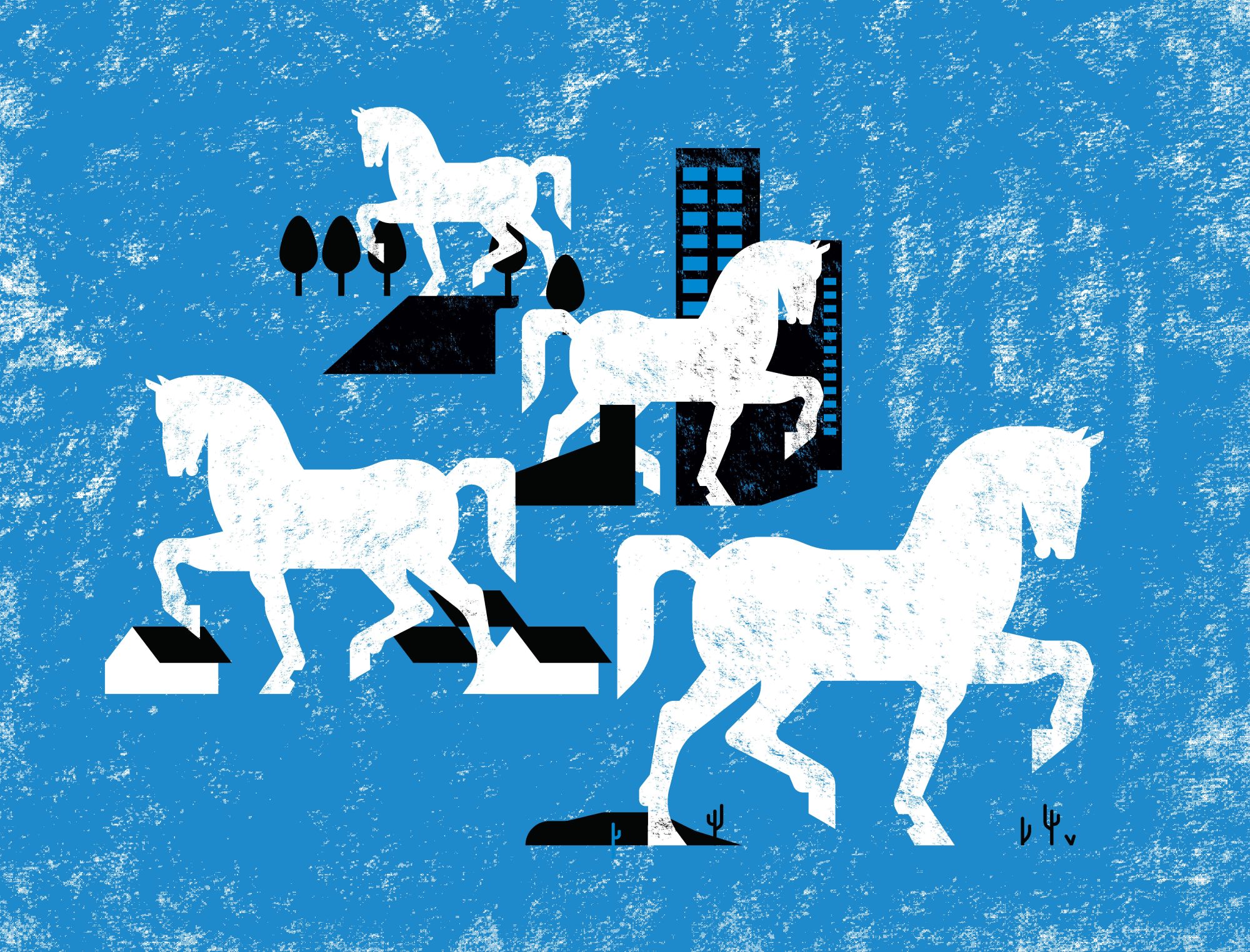
Consider Ephemeral, Mobile, and Temporary Forms
Typically, existing memorials are permanent, requiring visitors to be physically present to experience a memorial. Future memorials could be temporary or mobile. By moving around a city, relocating to different cities, or existing for limited periods of time, a memorial has the potential to ignite enthusiasm. The AIDS Memorial Quilt, a living memorial to those who have died of AIDS, has been viewed by 14 million people around the world since its creation in 1987. Though well-documented and photographed, the ability to move the Quilt, allowing people to view and host the memorial in different locations has aided its visibility and impact.
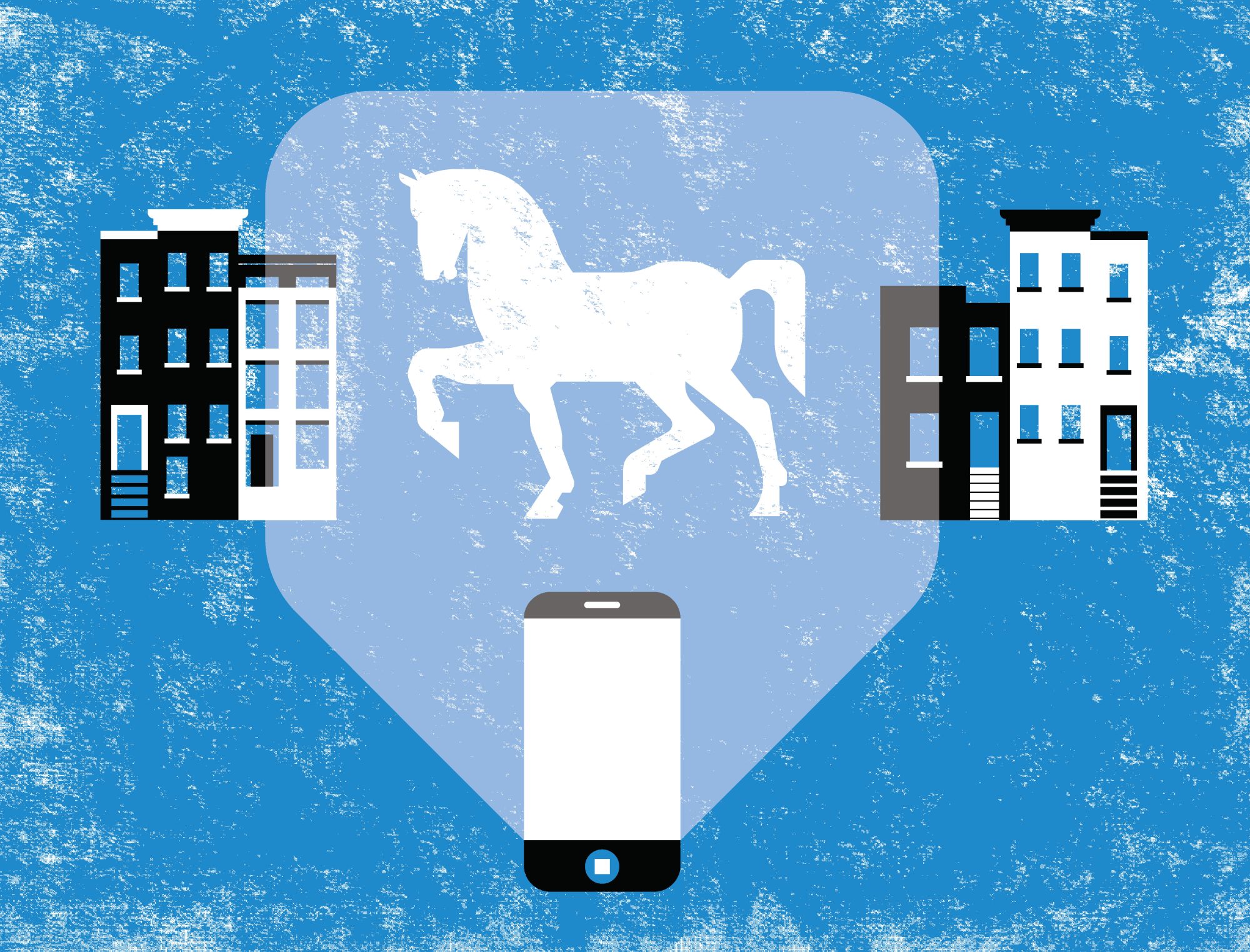
Memorials Beyond Physical Space
Through their proposals, our finalist teams showed us that memorials have the opportunity to enhance existing places. But many of our semifinalists, using clever applications of technology, pointed out that memorials can transcend the need for physical spaces altogether. Technology allows people to connect around subject matter in ways that don’t require central squares or physical infrastructure. As Washington continues to develop, space for new monuments becomes harder to find. Memorials that require little to no land are critically important to meeting the challenges of the future.
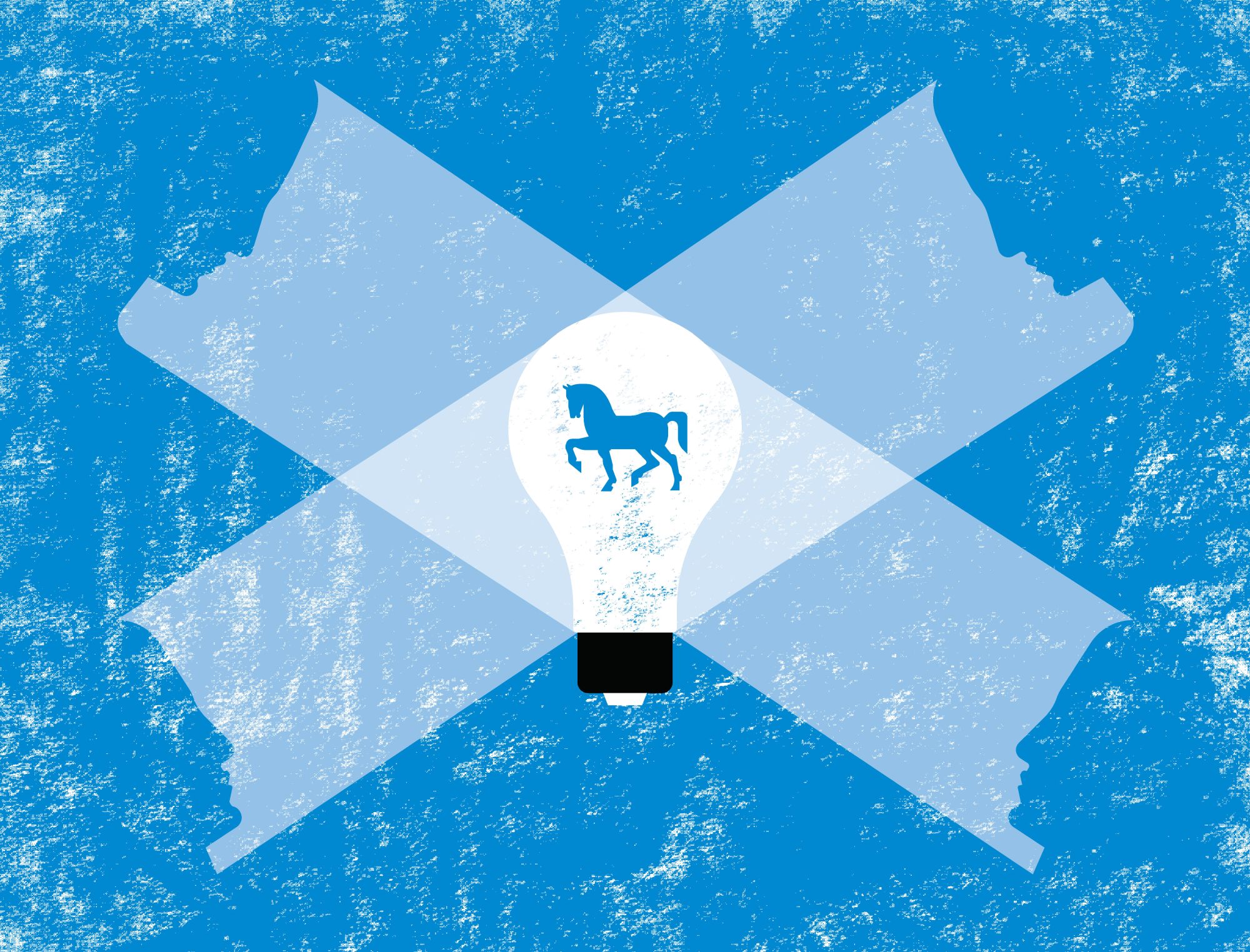
Challenges Our Future Memorials Face
Imagine the future, consider technologies not yet developed, and do it all in a few months: The competition asked the teams to do the impossible. While each finalist team developed an innovative 21st-century commemorative approach, all of their proposals had weaknesses. Through the competition process, we discussed and explored these shortcomings as a critical component to understanding challenges. We identified three main themes: curation, technology, and place-making. This competition left us asking: How do we develop a memorial that is inclusive, respectful, and that also lacks censorship? How do we plan for technologies we can’t yet imagine, and a future in which new technologies continue to transform how we share information, interact with spaces, and interact each other? How do we create spaces that are both valuable to residents and to visitors?
Competition Winner
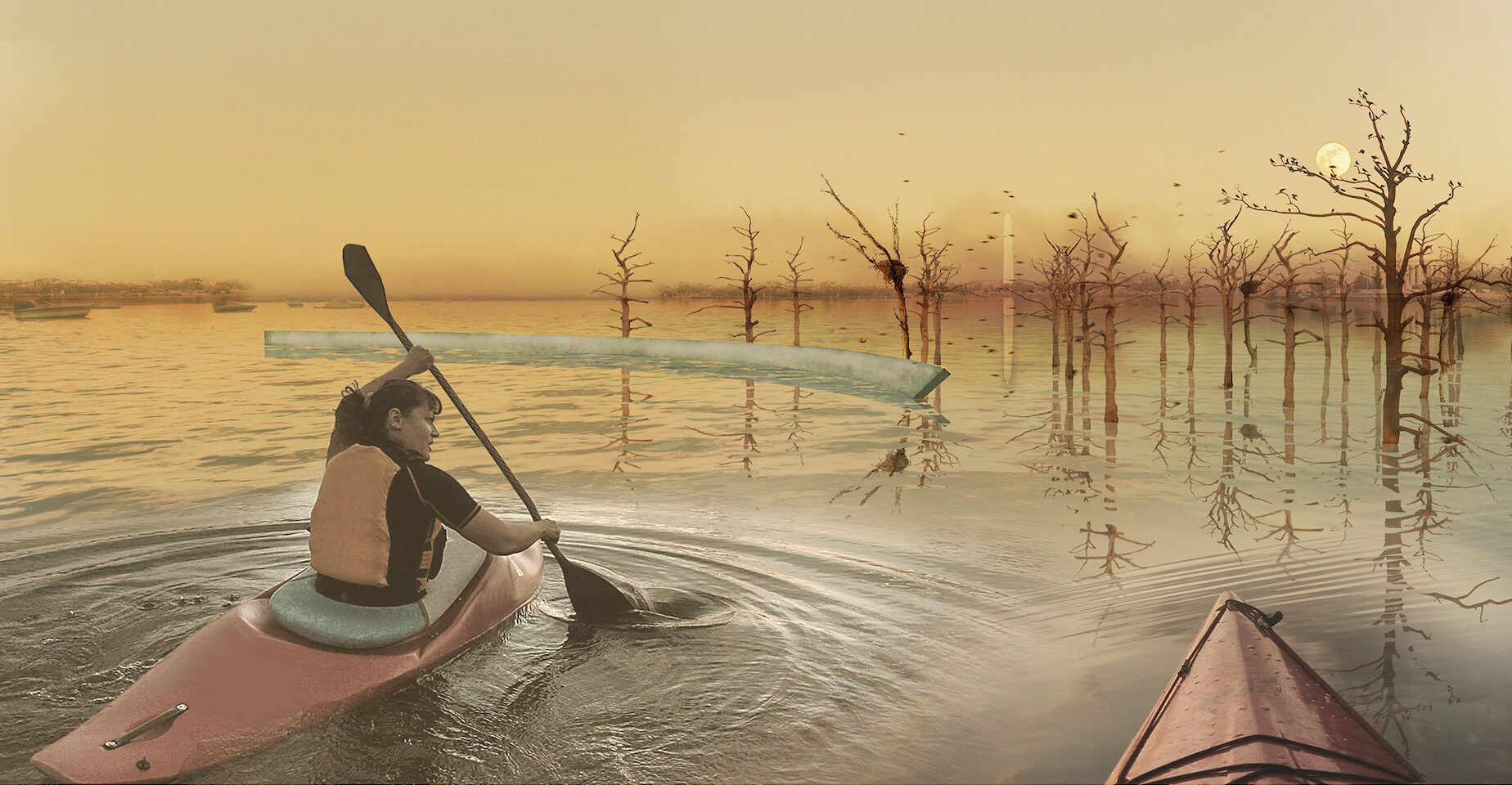
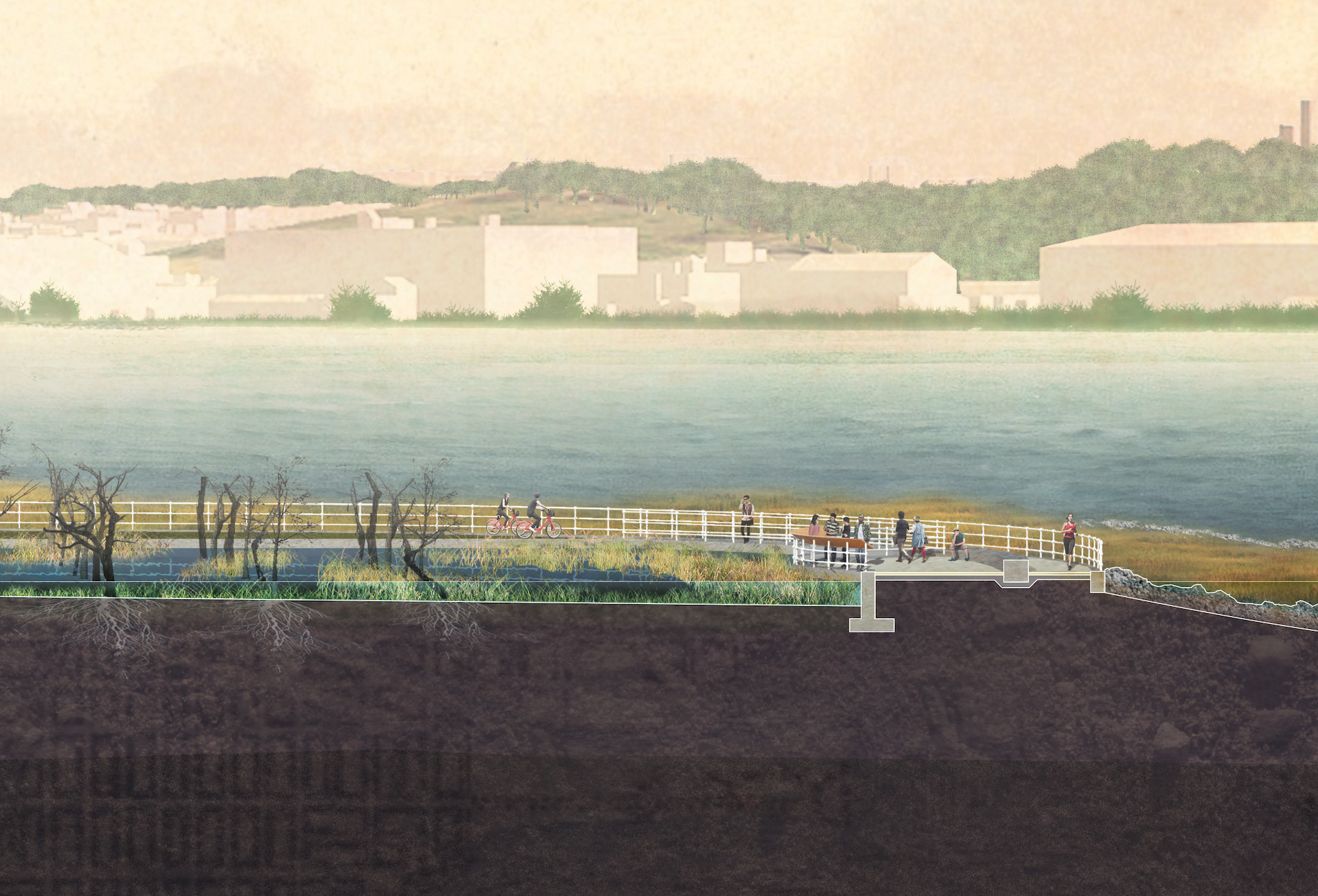
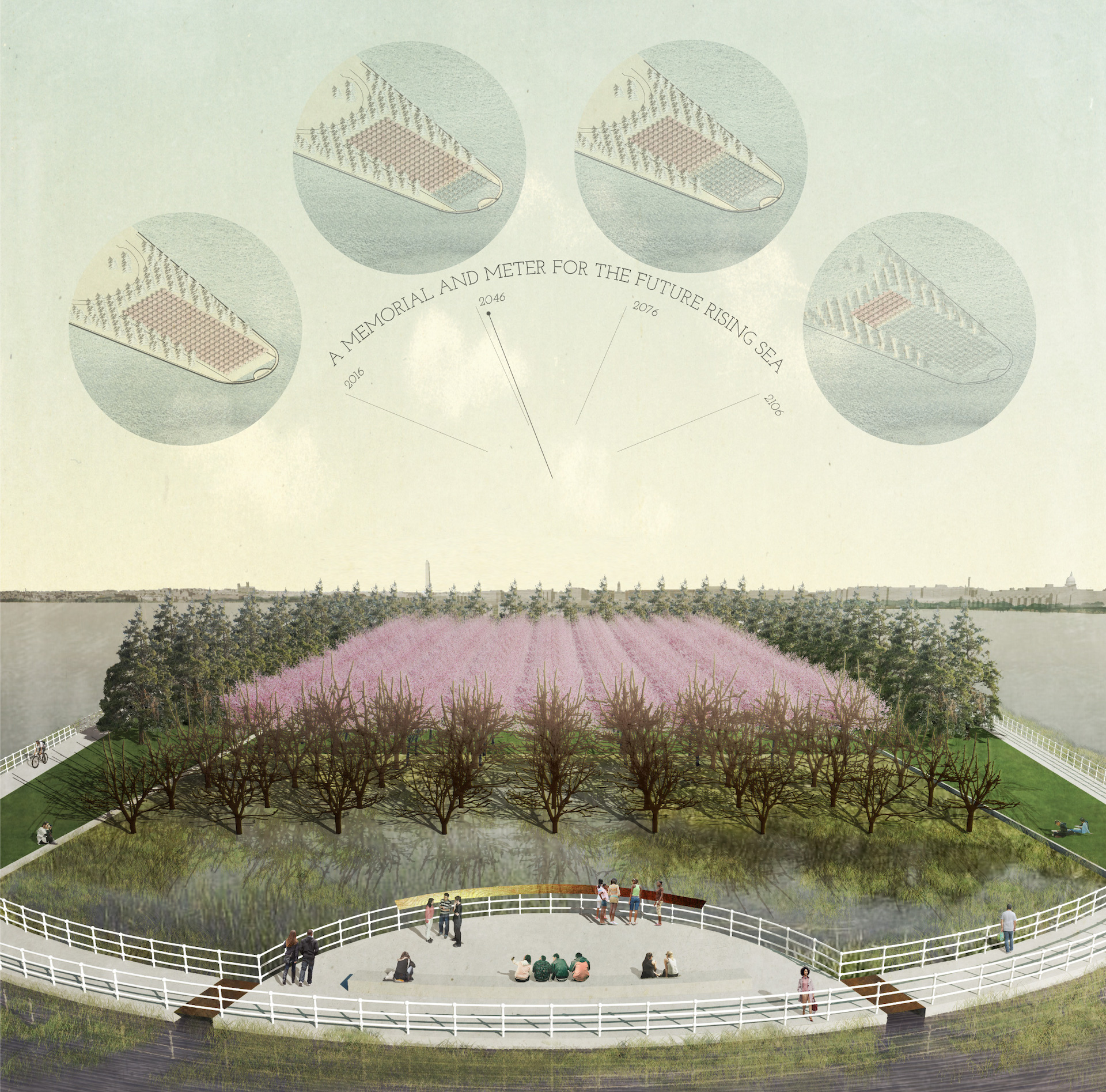
Climate Chronograph
Members: Erik Jensen, Rebecca Sunter
A platform for witnessing rising seas, the Climate Chronograph is a living observatory for an unfolding global story. As seas rise, cherry trees die in place, becoming bare branched delineations of shorelines past. Over a lifetime, a visitor will experience the same place in its ever-changing condition, a legible demonstration of generational-paced change. This new memorial is continually becoming, and in doing so offers a new approach to monumentality. A light human hand sustainably initiates a profound pastoral meditation. This landscape chronograph marks both our vulnerability and our response. It records the challenges before us.
Honorable Mention
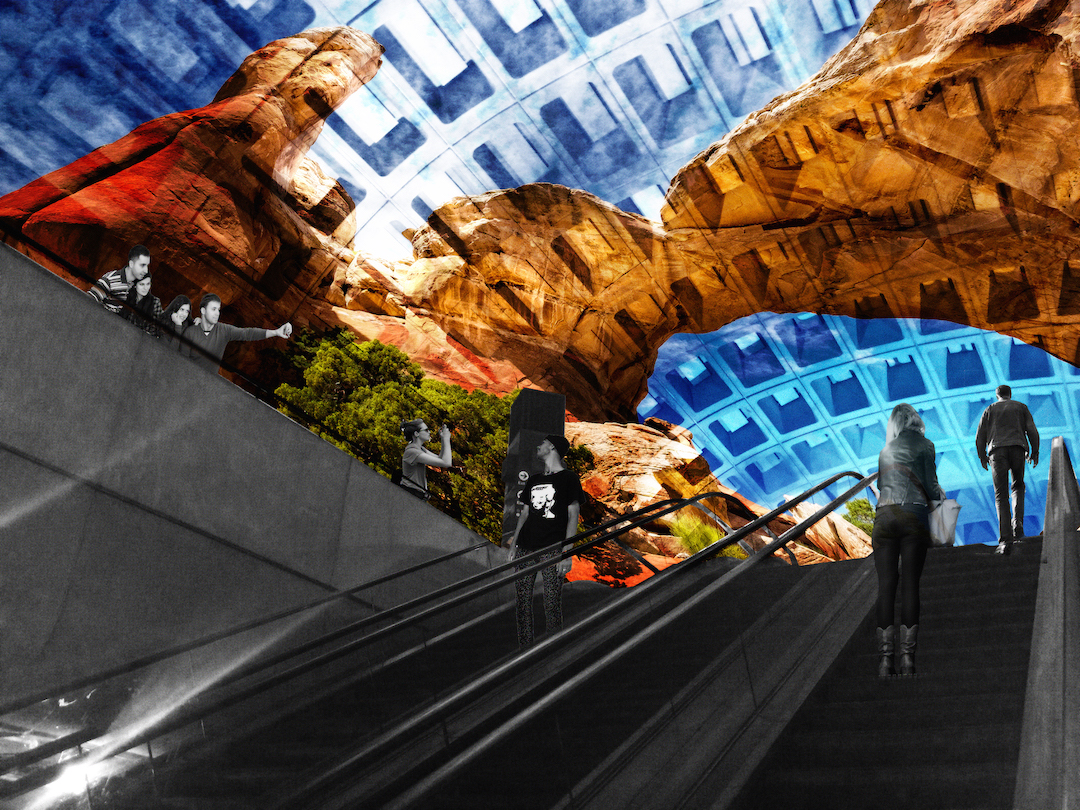
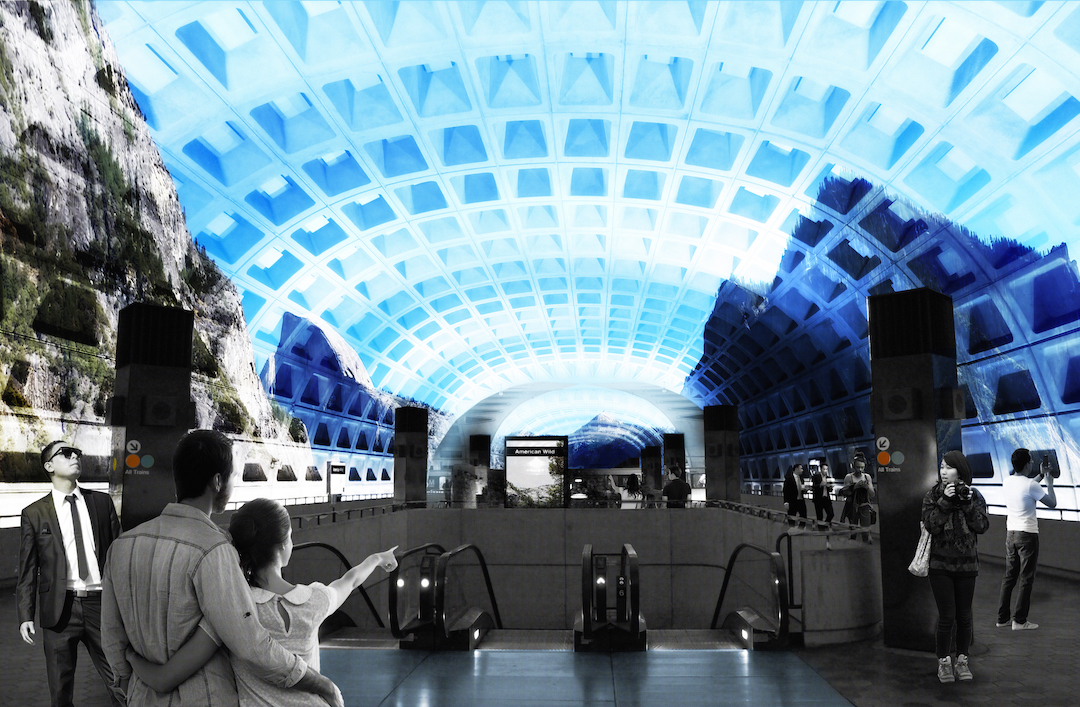
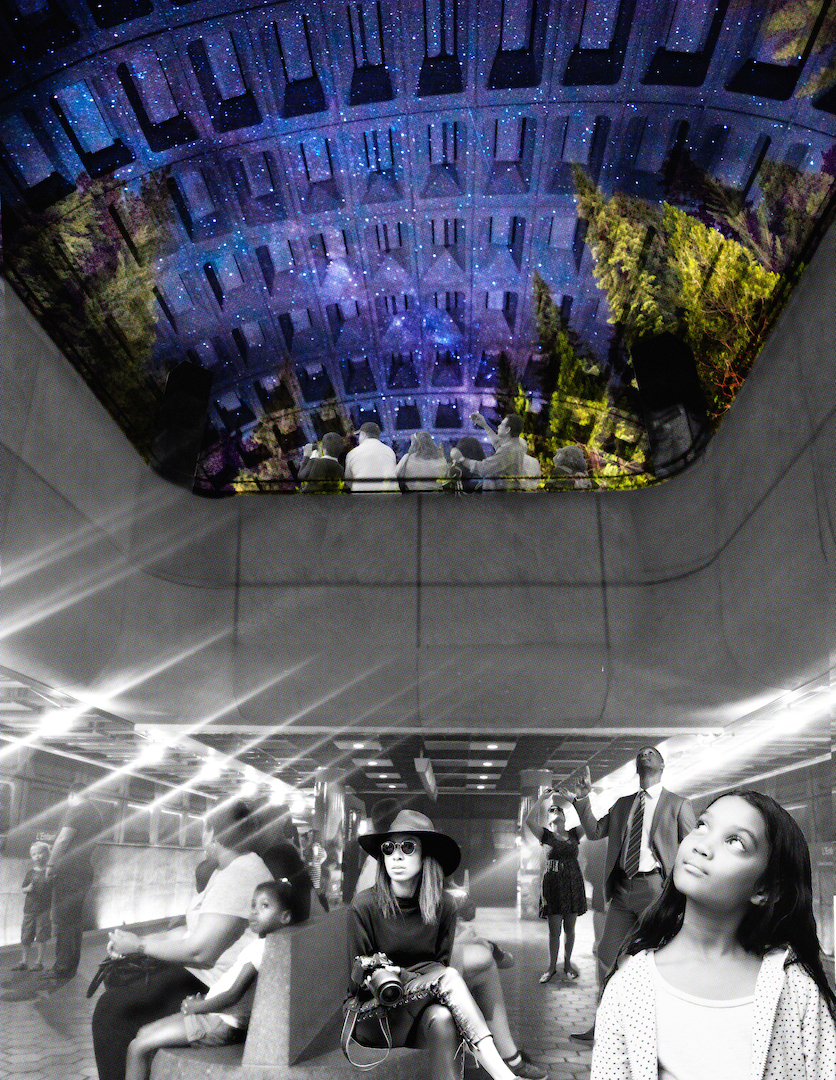
American Wild
Members: Forbes Lipschitz, Halina Steiner, Shelby Doyle, Justine Holzman
American Wild virtualizes the National Parks through an interactive, immersive installation. Using ultra-high-definition video, recordings of each 59 natural parks can be projection-mapped at full scale. Audio recordings heighten the visceral experience and establish emotional connections to the landscape. The memorial democratizes National Park access by creating an installation in one of the most economically and racially diverse neighborhoods in the nation’s capital. Full scale, immersive environment design expands access to both phenomenological experience and ecological understanding. In so doing, the memorial reinvigorates the ways in which we interact with the cultural and biological diversity of the American landscape.
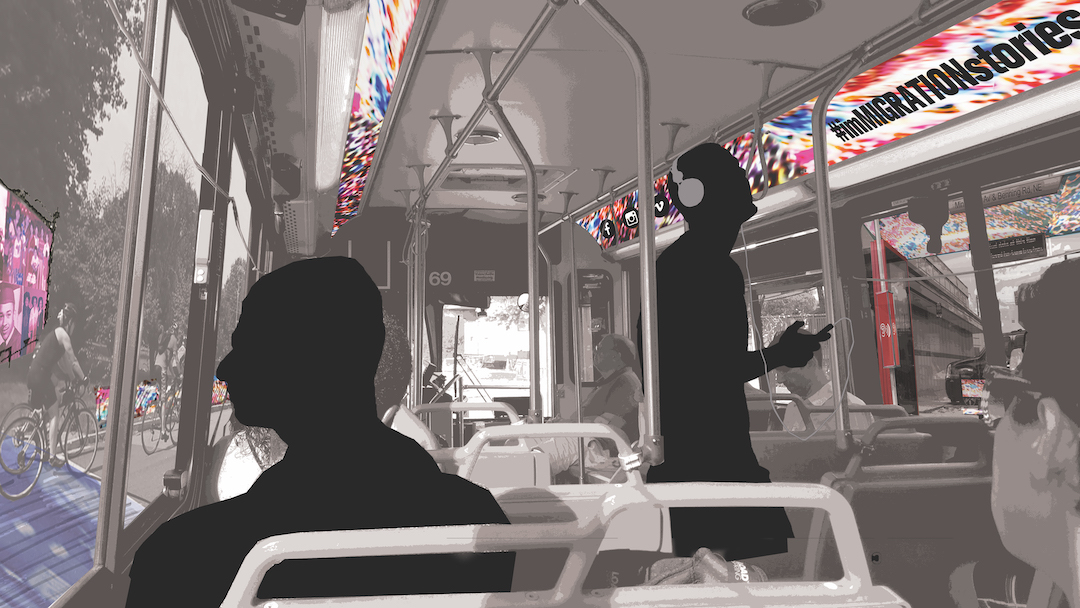
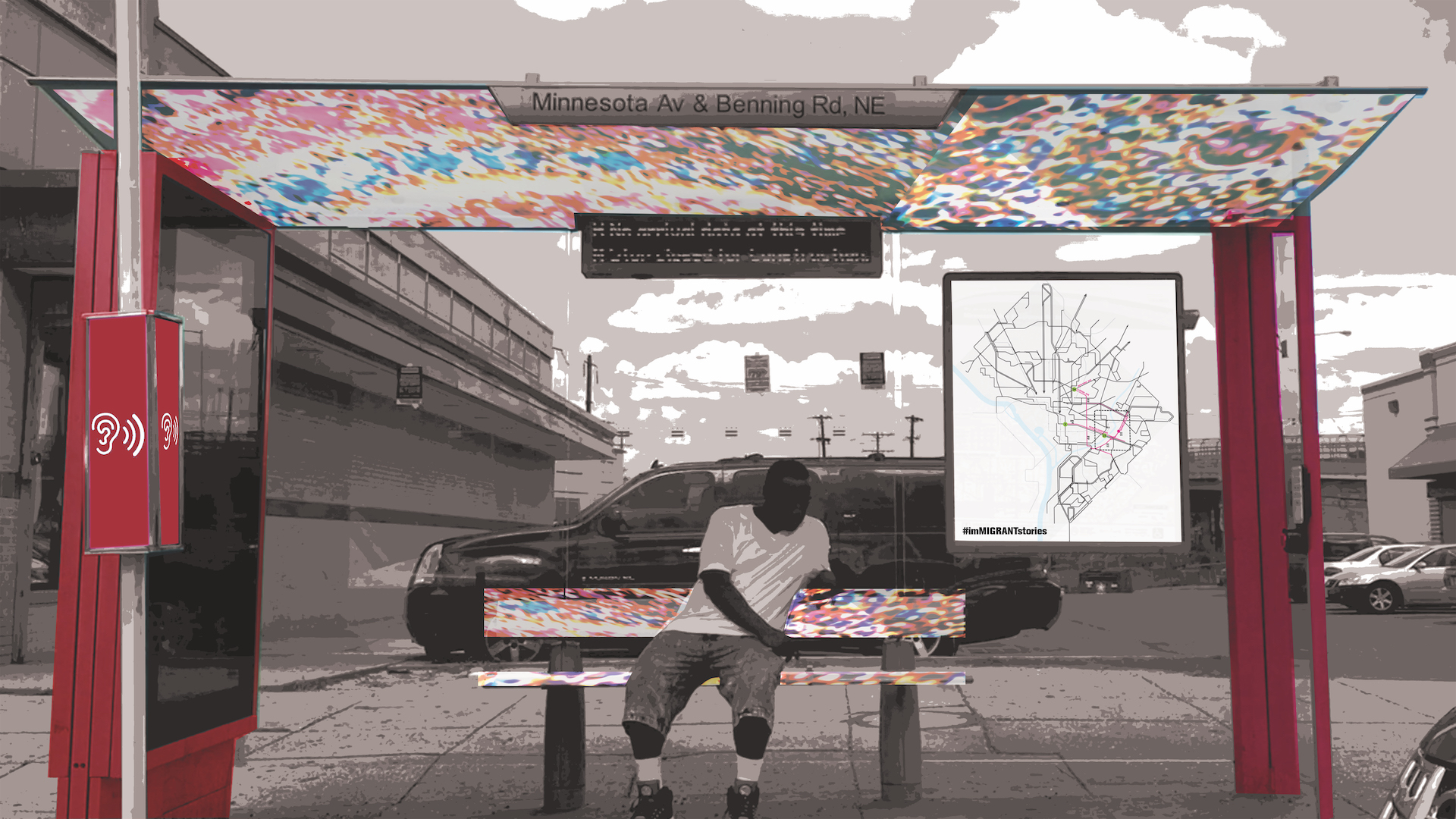
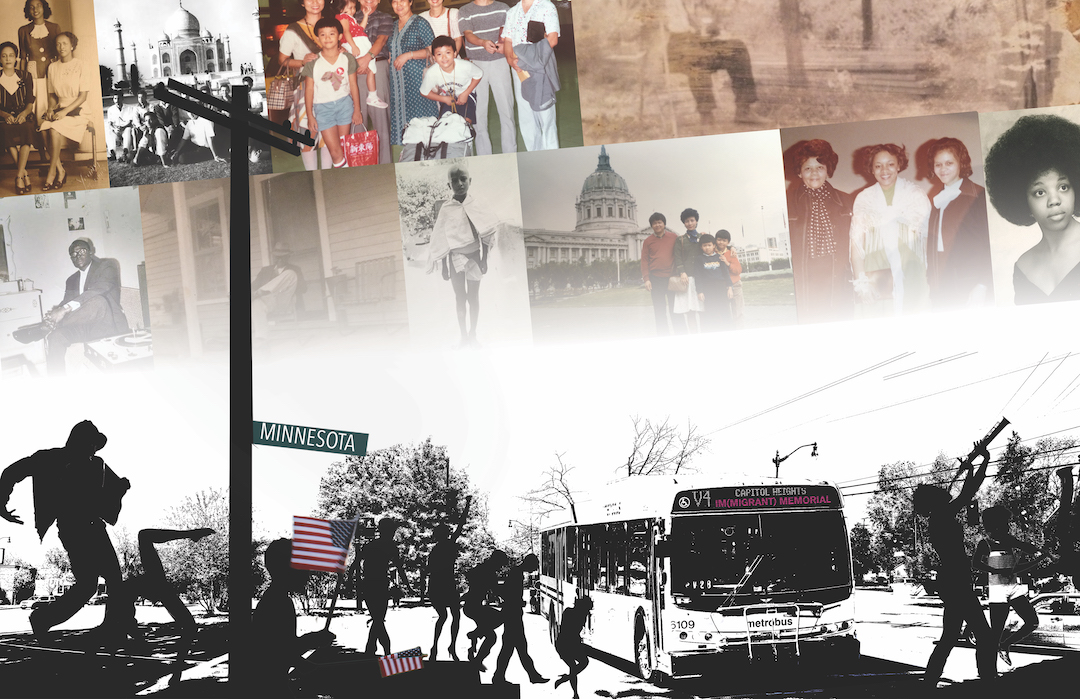
Honorable Mention for American Heritage and Community
The IM(MIGRANT) : Honoring the Journey
Members: Radhika Mohan, Sahar Coston-Hardy, Janelle L. Johnson, Michelle Lin-Luse
The experience of movement and migration is the elemental experience of what it means to be an American. Leaving home, hopeful and expectant, and meeting hostility and kindness, misunderstanding and acceptance. Overcoming obstacles fueled by ambition and resourcefulness. Making a new home among people familiar and strange. Immigrant experiences, including those of native peoples, are at the foundation of the national psyche. They are also experiences that divide our country and have been a part of our political debate since the country’s founding. The IM(MIGRANT) is a proposal that responds to these ideas, reinforcing core American beliefs by unfolding and commemorating the varied journeys that grandparents, parents, brothers, sisters, cousins, aunts, uncles, friends, and strangers have taken through the landscape of Washington, DC. It offers the visitor access to the experience of movement, of arrival, and of making a new home.
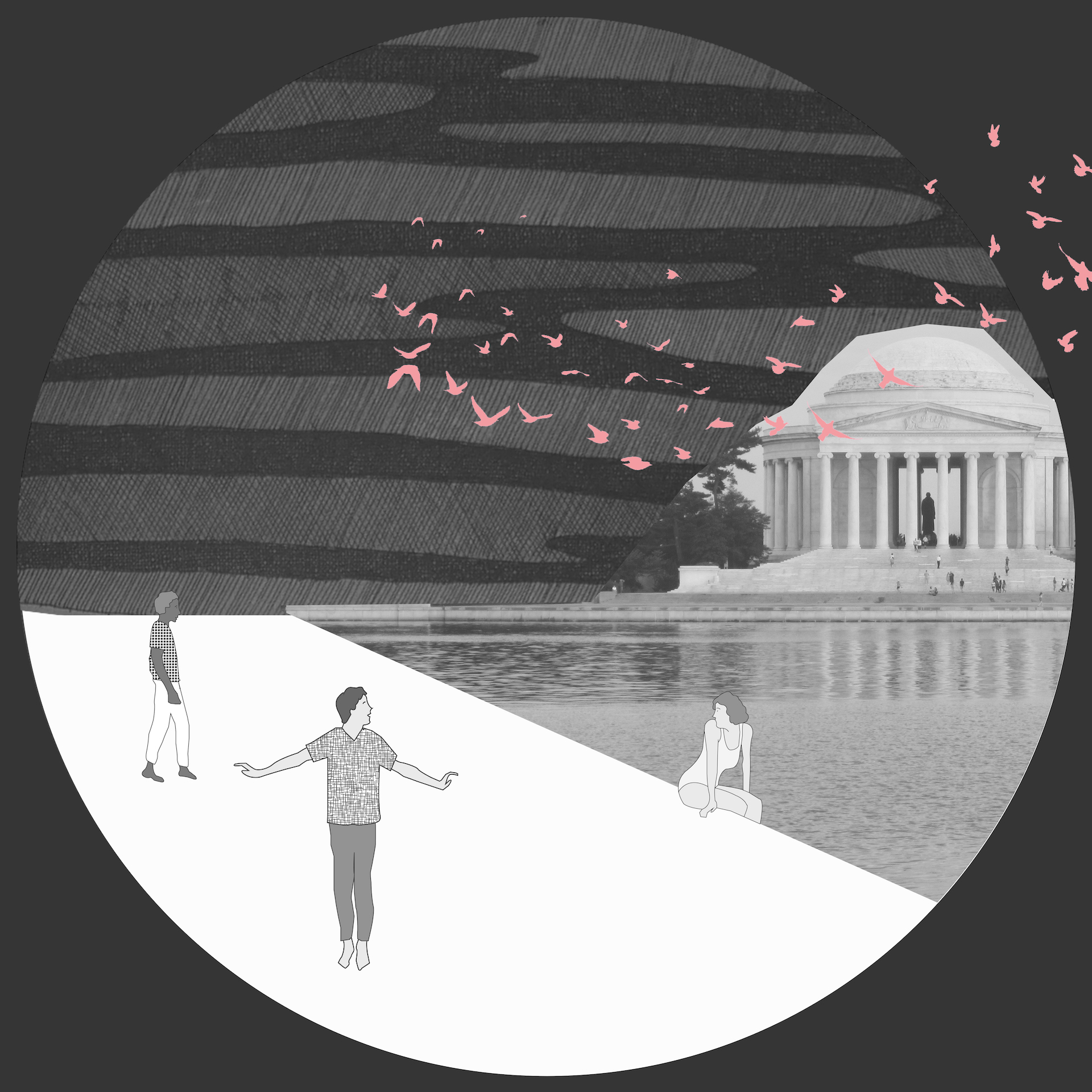
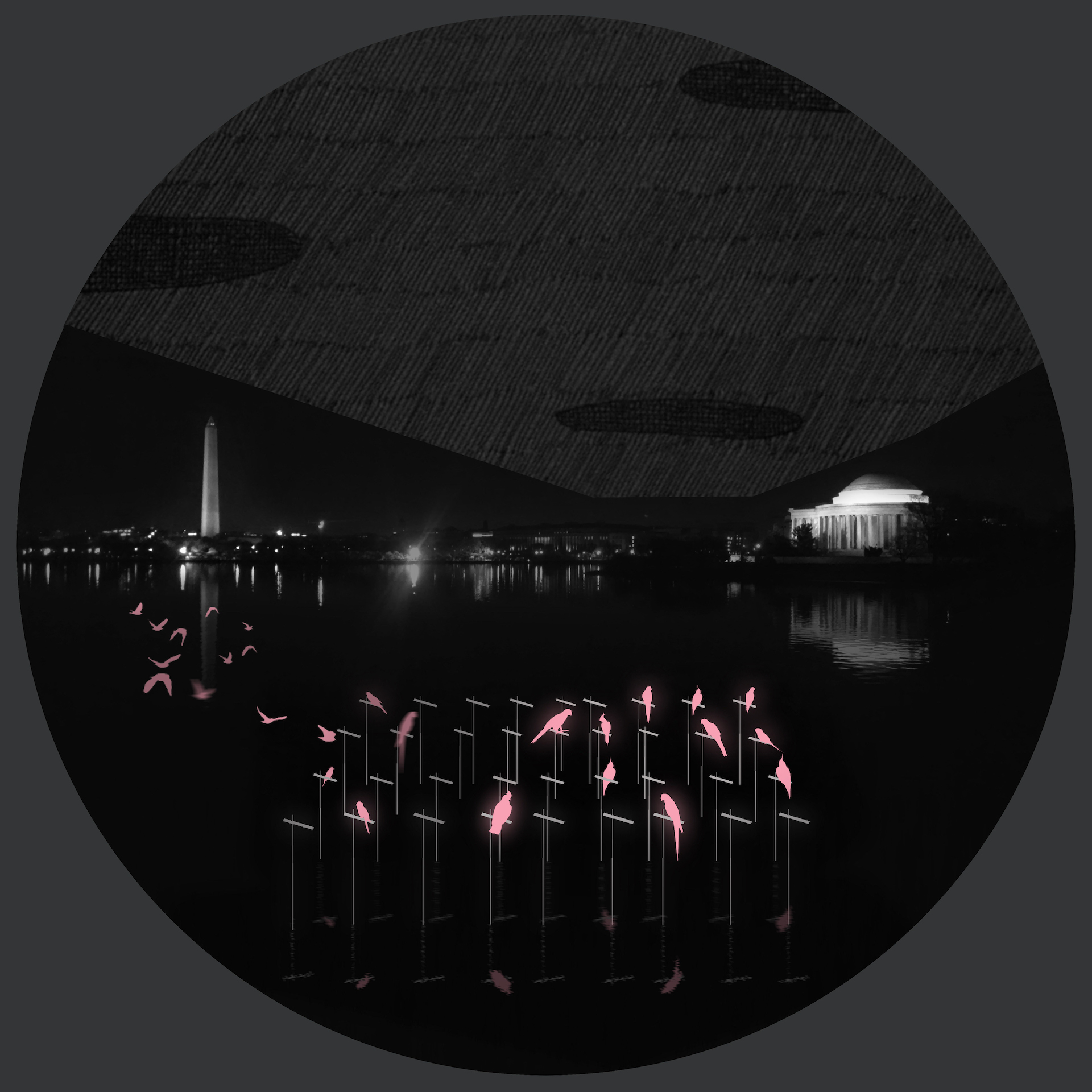
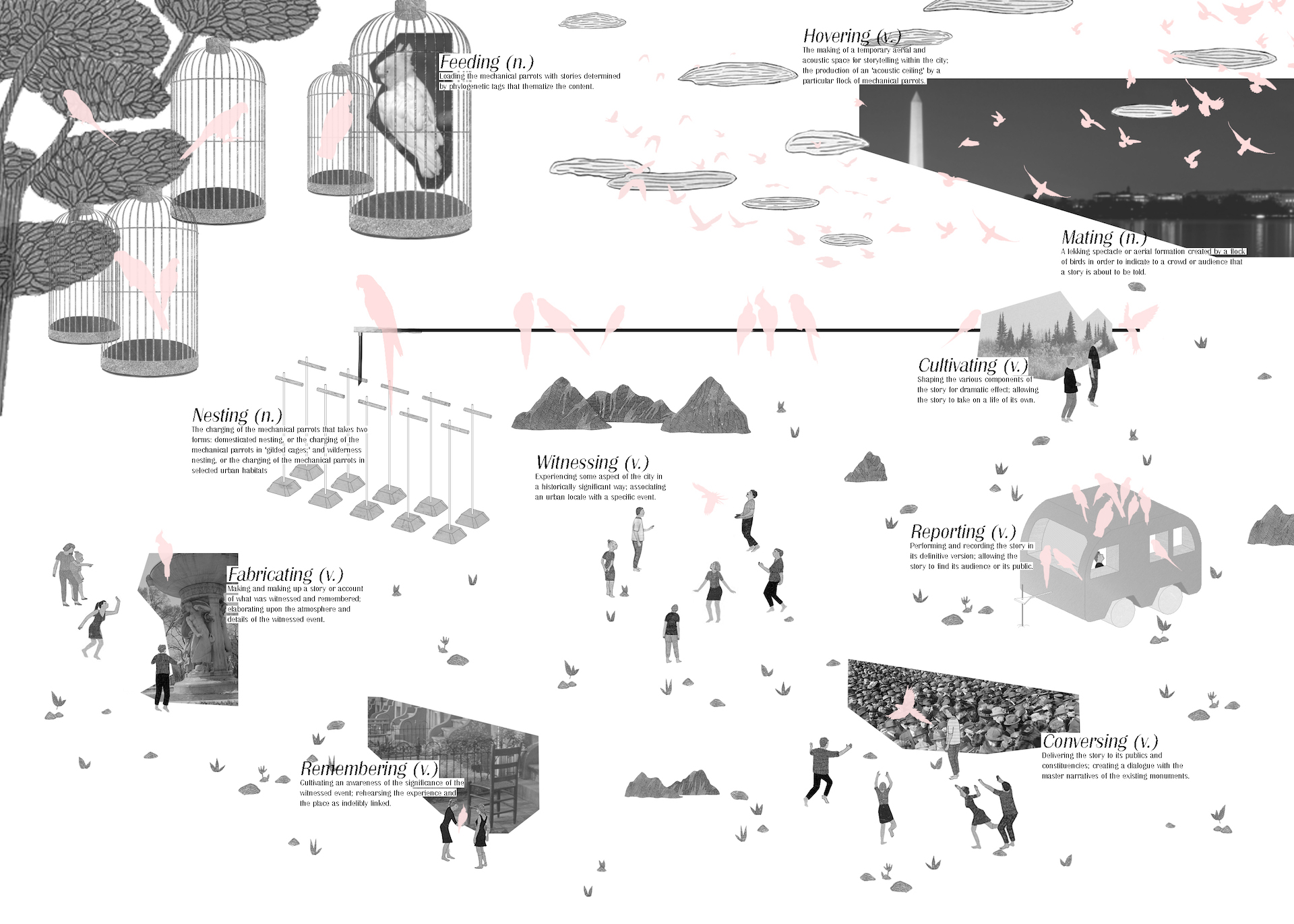
Honorable Mention for Futurism and Reinterpretation
VOICEOVER
Members: Anca Trandafirescu, Troy Hillman, Yurong Wu, Amy Catania Kulper
VOICEOVER: histories, memories, and flights of fancy VOICEOVER is a project that embraces a spirit of revisionism as a means toward a broader and more democratic form of national memorialization. Rather than a freestanding monument, VOICEOVER is a supplemental overlay that expands the original monuments’ meanings and extends the territory of possible memorial subjects deeply into Washington DC’s urban fabric. Fragmentary and dependent by nature VOICEOVER makes no claims toward cultural conclusions on historic events. Rather, VOICEOVER is a loud call to reawaken a nation to its relevant and multi-faceted pasts. It gives voice to the diverging understandings and conflicting perspectives of a multi-cultural society.
Learn More
Collaborators
Jury
Mark Gardner
Principal, Jaklitsch / Gardner Architects
Marcel Acosta
Executive Director,
National Capital Planning Commission
Thomas Luebke
Commission Secretary,
U.S. Commission of Fine Arts
Julie Rhoad
President & CEO,
The NAMES Project Foundation
Deborah Rutter
President,
John F. Kennedy Center for the Performing Arts
Kirk Savage
Professor, History, Art, and Architecture,
University of Pittsburgh
Jason Schupbach
Director of Design Programs,
National Endowment for the Arts
Erik E. Shaw
Director,
District of Columbia Office of Planning
Gay Vietzke
Superintendent, National Mall and Memorial Parks,
National Park Service


